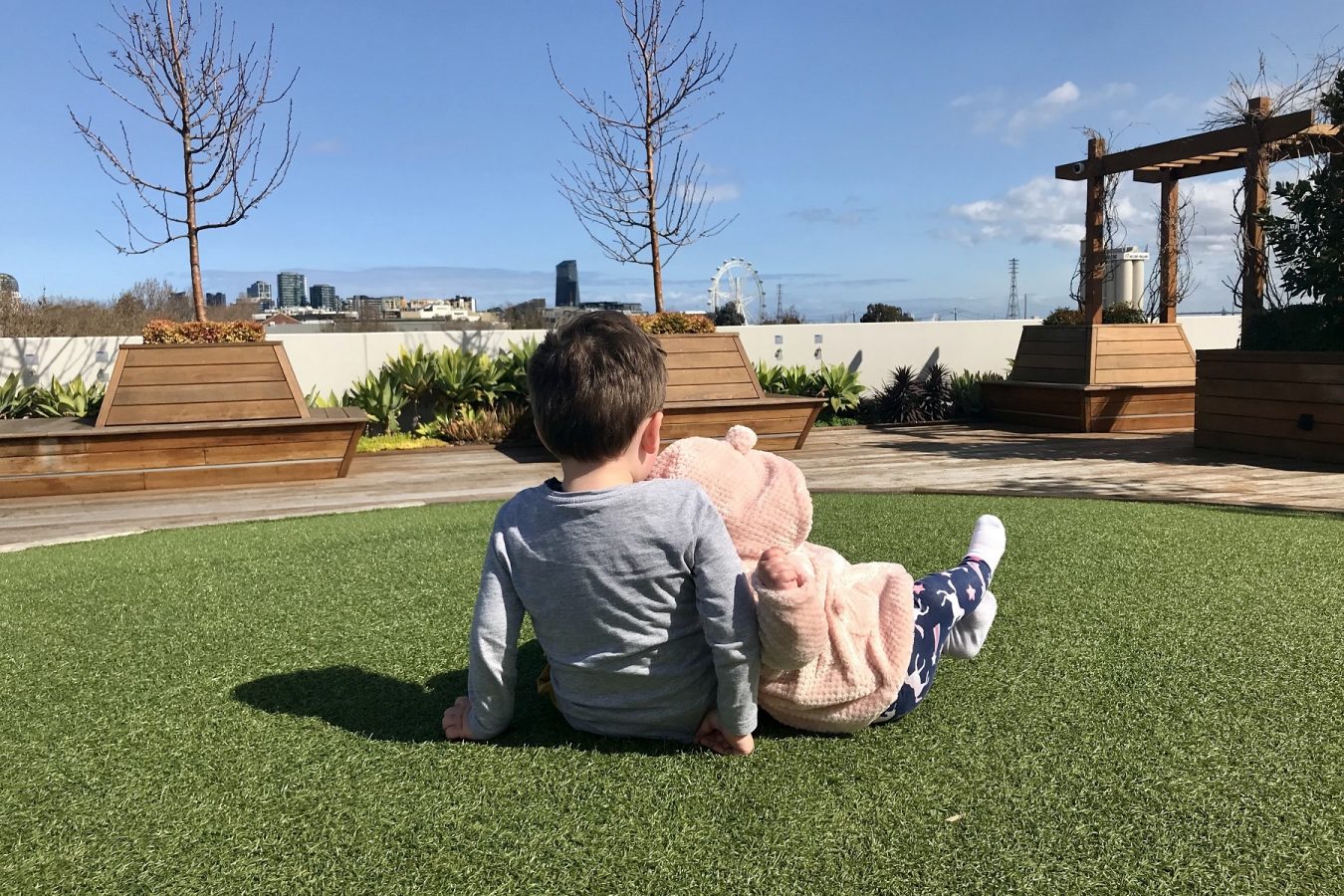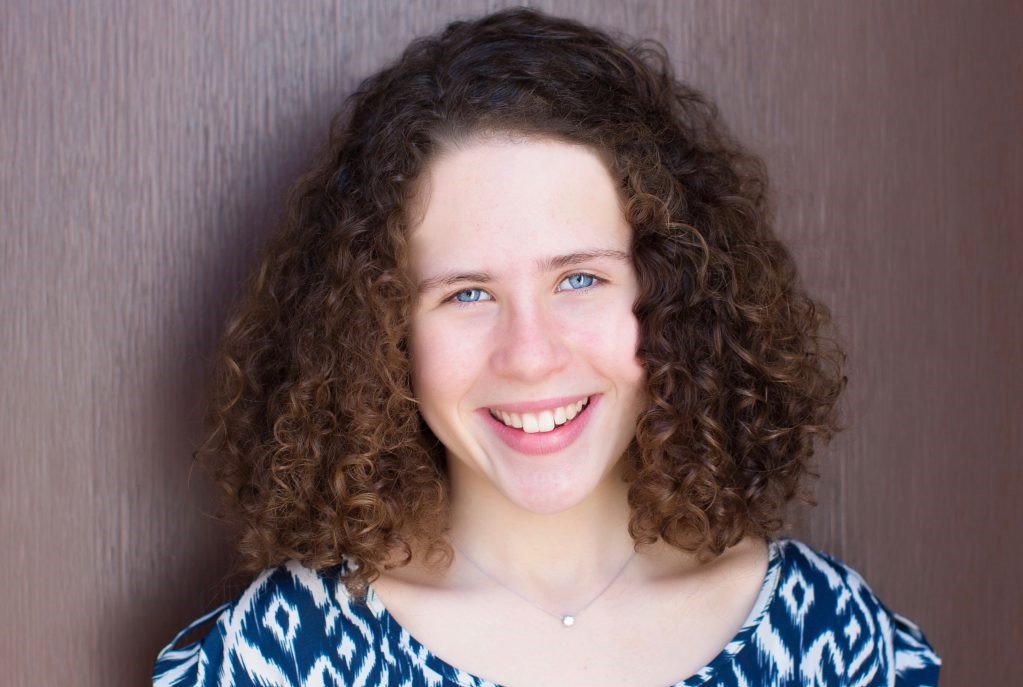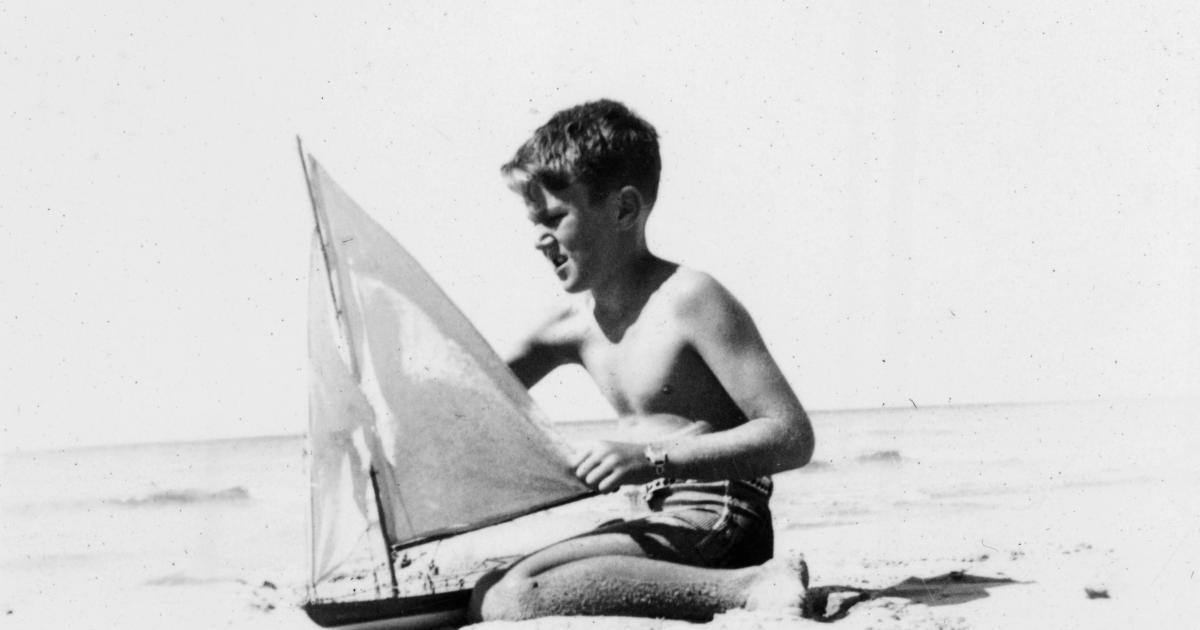
Childhood letters are rare in the historical record, but like those of the young Malcolm Fraser, they provide unique insight into the experience of children, writes Katie Wood.
About seven months after being sent to boarding school at Tudor House near Bowral in 1940, 10-year-old Malcolm Fraser sent a plaintive appeal to his parents.
The multiple crossed out words in the first line of a single-page letter speak to the urgency of his message. It contrasted with his previous correspondence, which told mainly of the movies he’d seen and the cricket matches he’d played.
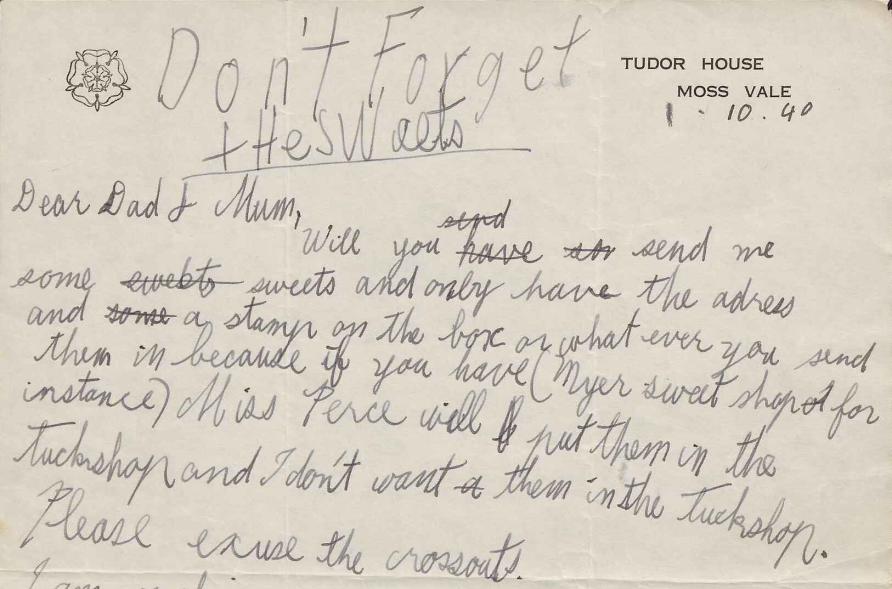
Malcolm Fraser to his parents, 1 September 1940. Picture: University of Melbourne Archives, Malcolm Fraser collection, 2008.0058.00010
‘Dear Dad and Mum, Will you send me some sweets and only have the address and a stamp on the box or whatever you send them in because if you have (Myer sweet shop for instance) Miss Perce will put them in the Tuckshop and I don’t want them in the Tuckshop… I can’t think of any news now I just wanted the sweets, it is awful without sweets.’
As a gentle reminder to his parents, he wrote ‘Don’t Forget the sweets’ on the top of the page.
In his following letter, young Malcolm thanked his parents very much for the ‘very nice’ sweets, and two letters later was again thanking them for another lot of sweets. It seems his parents were keen to avoid repeated deprivations for their son.
It’s rare to find archival sources written by children themselves, even more so when the child is one who grows up to become, as his mother Una described ‘a part of the history of Australia’.
An emerging field of historical enquiry in childhood studies aims to grapple with what we can learn from records created by and about children.
The childhood records in the Malcolm Fraser Collection at the University of Melbourne Archives are a fascinating study because they contain a variety of records from different sources – from birth through to adolescence.
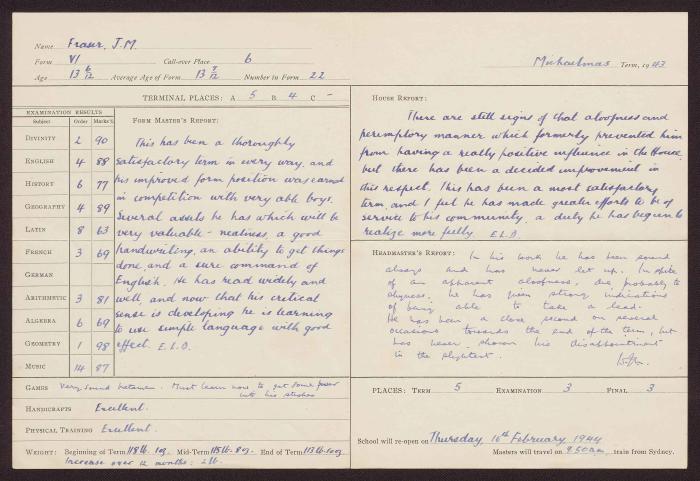
A school report for J M (Malcolm) Fraser dating from his time Tudor House in NSW. Picture: University of Melbourne Archives, 2008.0058.00014
One of the most intriguing aspects to Fraser’s childhood records is the foreshadowing of his public image. Perhaps the most well-used adjective for Fraser has been the word aloof.
In her obituary of Fraser, political journalist Michelle Grattan called it a ‘favoured description’. Indeed, both his housemaster and headmaster used it to describe the then 13-year-old Fraser.
His headmaster presaged a lifetime of speculation on the connection between aloofness and shyness (Fraser described himself as shy in his memoirs) when he wrote, that ‘in spite of an apparent aloofness, due probably to shyness, he has given strong indication of being able to take a lead.’
The school reports are a wealth of opinions on Fraser’s boyhood character, and he measured up well against the 1940s private school ideal of boyhood.
He was a boy who enjoyed cricket and tennis and seemed to have an easy grasp of language that helped with his academic pursuits, although these were only recorded in his letters after details of the latest sporting matches, movies and excursions.
When he got into trouble, it seems mostly because he was boisterous with his schoolmates, leading one housemaster to complain that ‘his voice is rather terrifyingly loud…’.
Fraser’s seemingly easy school days followed what also appears to have been an idyllic childhood on the family property in the Riverina at Nyang Station near Balpool in New South Wales.
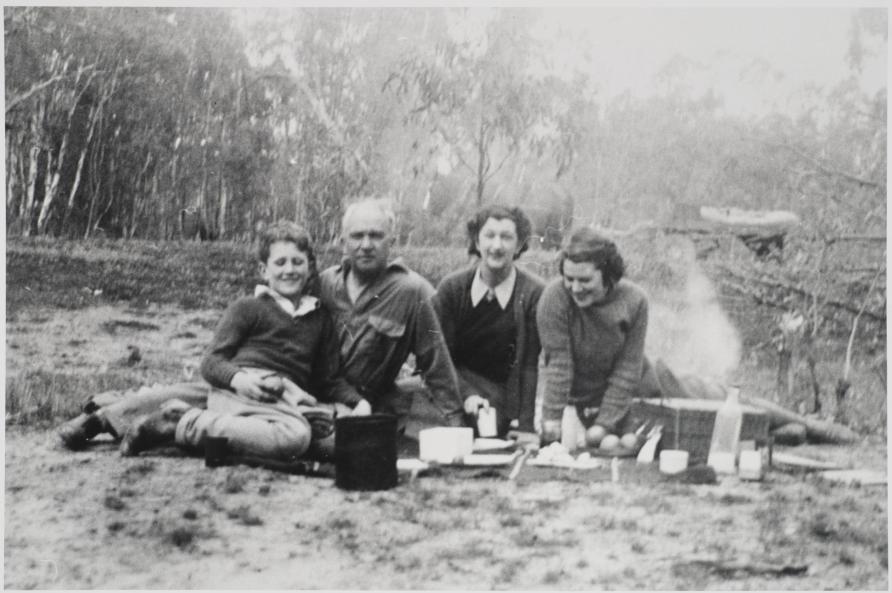
Fraser family at Nyang Station, c1943. Picture: University of Melbourne Archives, Malcolm Fraser collection, 2007.0053.00026
Fraser’s father, John Neville Fraser, was an avid videographer, using what must have been one of the earliest home movie cameras available in Australia to capture his family life.
His earliest movie dates from 1931, the year after Malcolm was born, and it captures utterly charming scenes of a baby Malcolm and his older sister Lorrie in the homestead gardens.
Over 30 home movies, many of them available online, show Malcolm and Lorrie as they grow up, riding horses, paddling canoes, playing on bikes and watching the workmen plough the paddocks with draught horses. Malcolm’s mother saved a poem he wrote about his favourite things, called These I Have Loved, which confirms the lifelong love he had for the country life.
His father passed on his keen interest in home movies to Malcolm, and so the collection includes a film of Fraser’s journey to Oxford University and, later, of his own children growing up at the new family homestead, Nareen, in Victoria’s Western District.
The move from Nyang was one of the few concerns that seemed to touch Fraser in his early years. Despite his young age, Fraser was clearly concerned about the drought that ravished New South Wales in the years of the Second World War. His letters home often asked hopefully for reports of rain.
Despite the devastating news that his parents were being forced to sell the property, in a letter home the 13-year-old is concerned to reassure them.
‘I was awfully sorry to hear that Nyang was to be sold. But I know that it is for the best seeing that you have lost so much in it…’
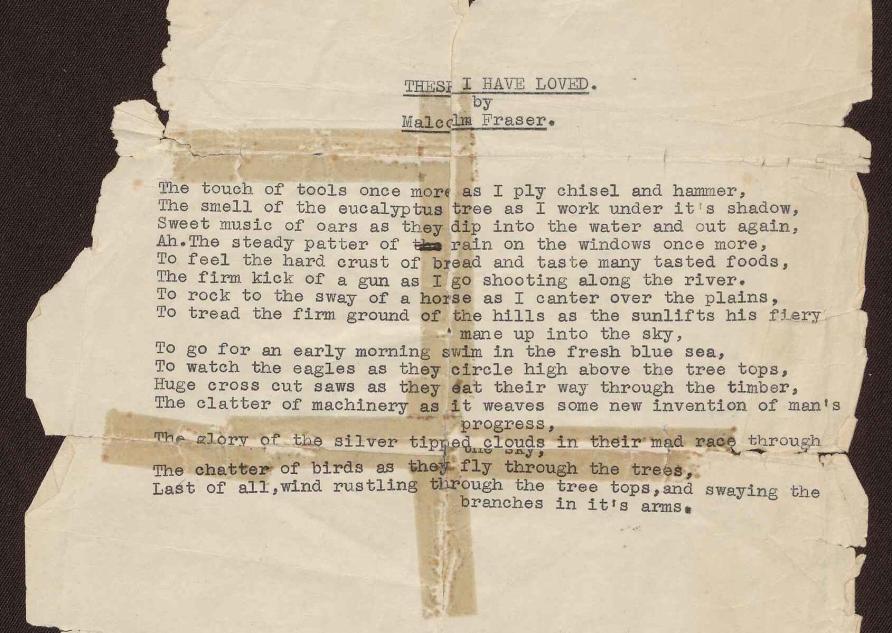
‘These I Have Loved’ by Malcolm Fraser, c1943. Picture: University of Melbourne Archives, Malcolm Fraser collection 2008.0058.00015
Such glimpses lead one to think about how children process and articulate their thoughts and feelings about immense external troubles that impact their lives. It is a question that is ever more urgent to reflect upon.
The childhood records in the Malcolm Fraser Collection at the University of Melbourne Archives have recently been made available online in recognition of their exceptional value.
Not only do they allow us to speculate on the life and disposition of one of Australia’s most multifaceted and longest-standing public figures, but they can also provide rich research material in the often elusive field of historical childhood studies.
To discover more about the Malcolm Fraser collection, visit the website.
Banner: Malcolm Fraser at the beach as a boy, c1939-41. Malcolm Fraser Collection, University of Melbourne Archives, 2007.0069.0000
About the author
Katie Wood is Senior Archivist – Access and Outreach, University of Melbourne Archives.
This article was first published on Pursuit. Read the original article
We republish the article under the terms of the Creative Commons Licence.
Like this post? Please share using the buttons on this page.
Subscribe to The Parents Website
